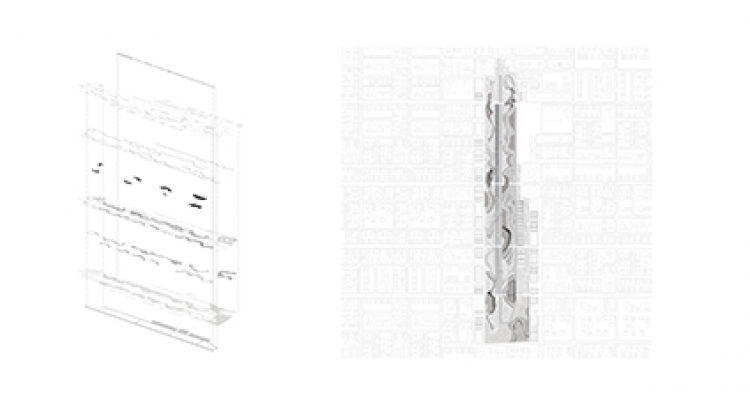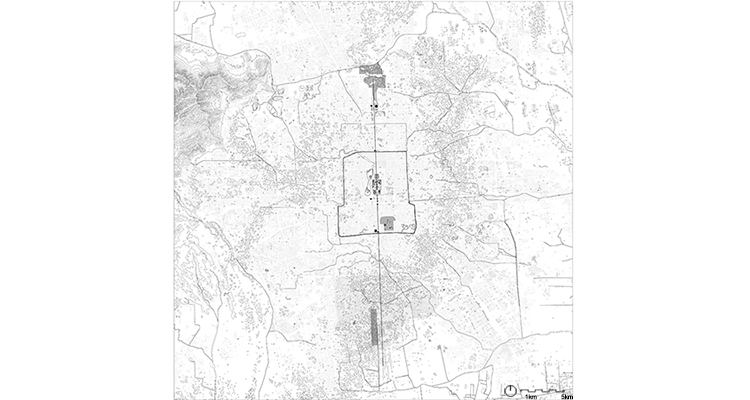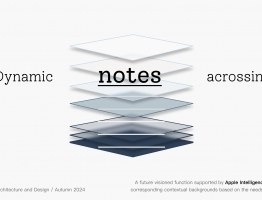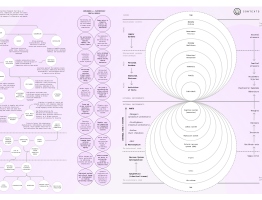Diplomprosjekt
Høst 2020
Institutt for urbanisme og landskap
Due to the development of the aviation, there are a number of airports has been built within the last few decades. With the process of the urban expansion, some of these airports are now in the middle of the city rather than in the peripheral area where they used to be. As soon as they are dis-commissioned, a lot of questions emerge:
How to reuse this tremendous vacuity which removes not only human occupation, but also scrubs virtually all remnants of previous hydrological and biological processes?
How to keep the memory of the site?
How to deal with the pollution thanks to the de-icing agent which flow into the surrounding groundwater?
This project aims to re-think the role that NanYuan airport will play in the further city develop- ment in Beijing. The airport, which is located in the south end of the central axis of Beijing, was discontinued last year. Thanks to the lower topography, the NuanYuan area, which means “the south park”. was a wetland before. During the last 20 years, this area goes through a process of urbanization. Now the government aims to re-wild the area and bring the former wetland land- scape back.
According to the further urban plan in NanYuan area,a number of buildings will align with the old airport, which can be a new social place for the local people. The groundwater must be purified due to the pollution caused by the de-icing agent, which will have a effect on the sur- rounding farmlands. This is also one of the very few chances that can recall the awareness of the ecology issue of people in Beijng. As a result, the program of a park is chosen for the new development of the airport.
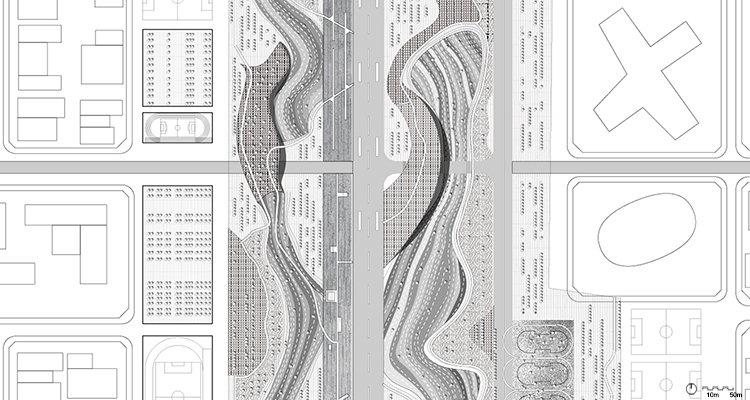


4 boxes are inserted into the park in a line along the runway. First, the groundwater will be pumped by the electricity generated by the windmill into the lagooning system, to purify the pathogen, extra nutrient, and the heavy metal. Following this process, a levelling system will give more oxygen into the water. A big lake, which is the place for the UV effect is located af- ter the leveling system. Finally, the water will go through a willow garden to purify the heavy meatal again, which is the main toxin matter in the deicing agent. After all these processes, the water will go back to the river system.
Several phytoremediation pools are created according to the original topography of the site. The surface water will be directed into these pools by the slight slope of the terrain, and the cir- culation system in the park. These pools not only purify the rainwater, but also recall the mem- ory of the former wetland.
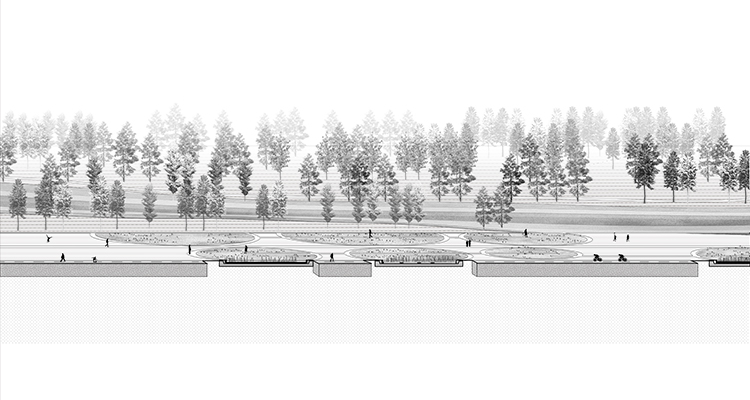
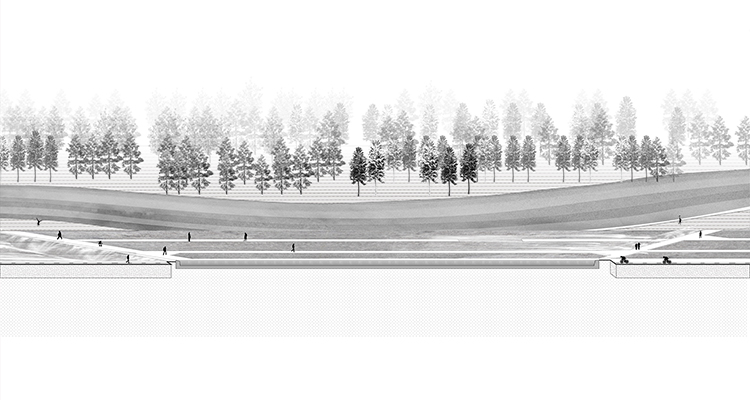
On the former parking area of the airplanes, some of the existing hardscape was demolished, fractionated in separately selected grain sizes, varying from 10 m2 concrete clods down to fine gravel. By doing this, a wide amplitude of habitat conditions, like moisture and proliferation of nutrients is created. A series of succession processes of ever-changing plant and animal societies is started.
To prevent the wetland to be disturbed too much by the people, two wide borders are located on the two sides of the park, with the function of different activities, such as football fields and bas- ketball fields.
Aligned with the traditional buildings alone the central axis, some “tree matrix” are inserted on the former runway, which try to use the one of the prototypes of the Chinese garden to remind the special location of the park. These tree matrixes will also create micro-climate during the harsh climate.
In an urban scale, the new airport park will complete the layout alone the central axis, echoing the Forbidden City in the middle, and the Olympic park in the north end. The park will keep shap- ing the surrounding urban context, and be the engine of the new urban development in the south of Beijing.

Beili Chen / Beili.Chen@stud.aho.no
